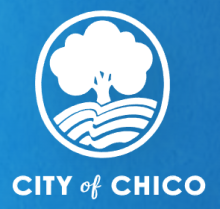In Our View: Success Stories to Counter the Tide of Big Telecom Propaganda
Welcome to In Our View. From time to time, we use this space to explore new ideas and share our thoughts on recent events playing out across the digital landscape, as well as take the opportunity to draw attention to important but neglected broadband-related issues.
As federal funds to expand high-speed Internet access began to flow to states and local communities through the American Rescue Plan Act, and with billions more coming under the Infrastructure Investment and Jobs Act, Big Telecom is beginning to mount its expected opposition campaign designed to discourage federal (and state) decision-makers from prioritizing the building of publicly-owned networks.
Predictably, a centerpiece of this anti-municipal broadband campaign is the trotting out of well-worn - and thoroughly debunked - talking points, arguing that federal funding rules should not “encourage states to favor entities like non-profits and municipalities when choosing grant winners” because of their “well-documented propensity to fail at building and maintaining complex networks over time.” That’s what USTelecom, a trade organization representing big private Internet Service Providers (including the monopolies) wrote in a memo sent last week to President Biden, the FCC, cabinet secretaries, House and Senate members, Tribal leaders, as well as state broadband offices.











